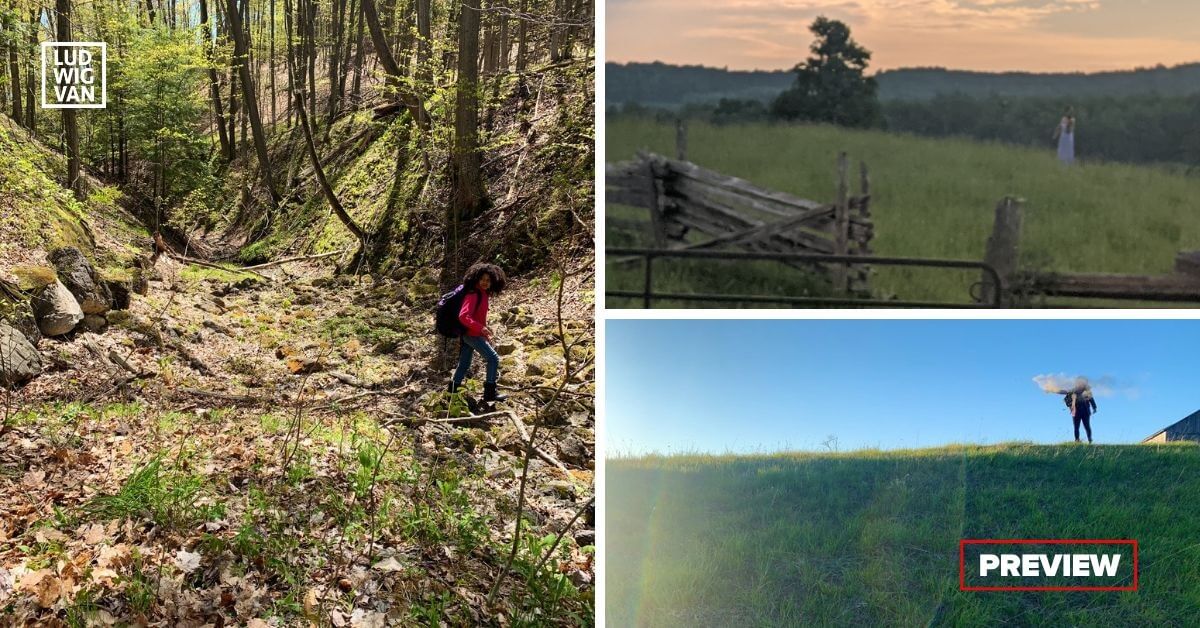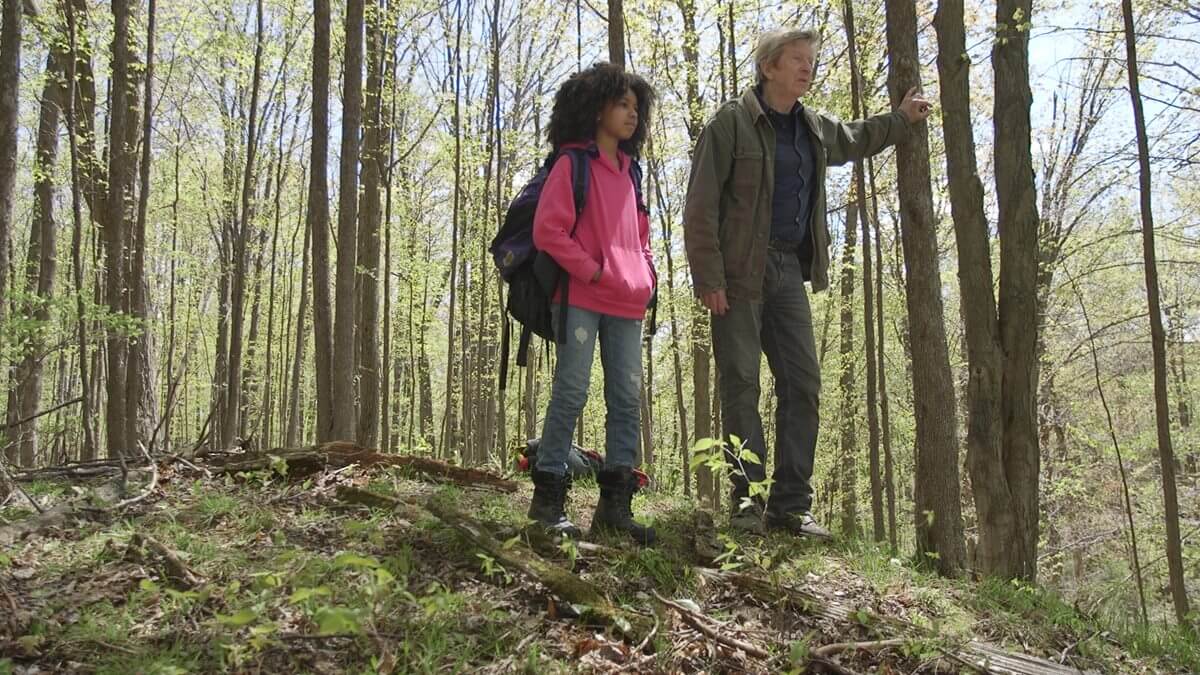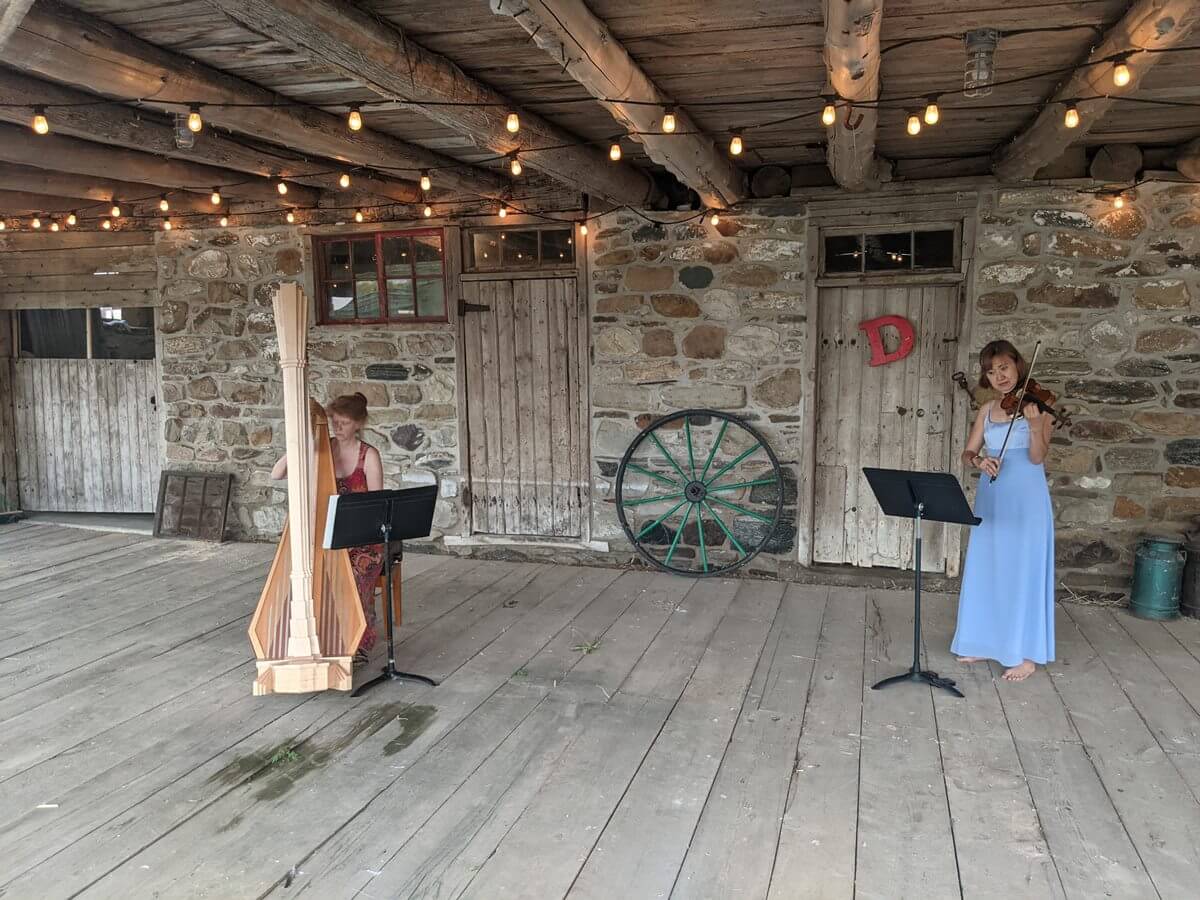
In The Last Curlew, filmmaker Tom Allen’s new adaptation of a classic 1954 environmental novel expands and enlarges the original theme. The premiere screening will take place on April 15 at the Fox Theatre in Toronto.
The movie stars R.H. Thomson and Liyou Abere. Allen’s artistic and atmospheric adaptation of the novel incorporates dance by Julia Aplin, with music by Canadian composers R. Murray Schafer, Alexina Louie, and Marjan Mozetich. The musical pieces are performed by Etsuko Kimura, TSO Assistant Concertmaster, and KWSO Principal harpist Lori Gemmell.
The Last Curlew was filmed on location in Mulmer Township and Collingwood, Ontario by director Gregory J. Sinclair and crew.

The book: Last of the Curlews
The film is based on the classic 1954 environmental novel Last of the Curlews by naturalist Fred Bodsworth. The story focuses on the life of the last of the so-called Eskimo curlews as he completes his migration all the way to South America and back to the Canadian Arctic. He’s in search of a mate, but sadly, he’s the last of his kind. The story sticks close to the bird’s life and behaviours.
It’s not the first time the poignant story has been adapted for film. A 1972 Hanna-Barbera animated film won an Emmy for children’s programming the following year.
At one time, flocks of Numenius borealis, aka the northern or Eskimo curlew, darkened the skies of the western Arctic in Canada and Alaska. The flourished along the shorelines. However, from the late 1800s, they were hunted and shot down by the thousands.
In real life, the northern curlew has lived on in a strange kind of phantom afterlife. The last confirmed sighting of a curlew took place in 1963, but there have been several unconfirmed sightings after that.
That’s where the thread of Tom’s adaptation of the story begins.
The film: The Last Curlew
The film began, as so many projects coming to light these days, as a pandemic project. “My wife, Lori Gemmell, principal harpist in the KW Symphony, and I, we have collaborated in putting together visual/audio shows over the years,” Allen explains.
They put together a performance piece that involved narration and music, but then the pandemic drew on and on. “What do we do next?” he wondered. “I tried to convert it to something that worked on video.” What had worked as an audio play, in other words, didn’t necessarily translate well onto film.
As he adapted the story, and began to collect collaborators, the project took on a new life. The novel only includes one human character who makes a fleeting but significant appearance. Allen’s adaptation creates a coming-of-age story involving a grandfather, a widower who accompanied his birder wife on a yearly pilgrimage to the place where the last northern curlew was spotted. After his wife’s death, he brings along his granddaughter for the journey.
“He’s not really a birder,” Allen says. “He’s trying to recover his sense of himself. It’s an intergenerational coming of age story.”
“The curlew’s story in reality is quite interesting,” continues filmmaker Tom Allen. There have been no officially confirmed sightings in 60 years. “And yet, it has not yet been declared extinct, because people keep thinking they’ve seen it,” he explains. Somewhat credible, but unconfirmed, reports still crop up every now and then. “It’s a story of faith. To me, that’s what grandpa’s character is about. He needs to believe it still exists.” If he can find a shred of evidence of its continued existence, then his connection to his late wife isn’t completely gone.
“It’s an illustration, a point of departure from the story.”

The music
The music used in the film draws on contemporary Canadian composers’ works. “It’s Canadian music, and one of the most dramatic moments is the piece by the late R. Murray Schafer — The Wild Bird. It’s a powerful, visceral piece.”
About five months after they’d finished filming in early 2021, Allen found himself in the area of Schafer’s home. “He was very frail, near the end of his life,” he recalls. Schafer suffered from severe dementia, but when Allen played him the video segment including Wild Bird, it connected. “He was conducting, he was singing parts,” he remembers. He says Schafer passed away about 10 days after his visit.
Dance is another element he’s added to the adaptation. “Julia Alpin is a spectacular dancer. She is the curlew, a representation of the curlew,” he explains. As a dancer, she is impressionistic and ethereal, but her movements are strong and athletic. She conveys the essence of the curlew’s journey. “It’s elegant and gestural in calmer places, and when the curlew has to fly over the Atlantic in this incredible migration literally from the Canadian Arctic to Patagonia — it’s unbelievable,” he describes.
In the story, the curlew gets caught in a storm, something he’s used Alexina Louie’s From the Eastern Gate, which incorporates bird sounds, to capture. “Alexina’s powerful, visceral music, and Julia’s dancing really capture that,” he says.
Marjan Mozetich’s Songs of Nymphs adds to the film’s closing sequences. “It’s a profoundly meditative and emotional piece that comes at the very conclusion.”
The film has ties to the very neighbourhood where it will be premiered. “We’re holding this premiere screening at the Fox on Queen street, which is very, very close to where Fred Bodsworth lived and grew up.” Director Gregory J. Sinclair is another Beaches resident.
Bosworth began his journalism career living in the Beaches hood, and led walks and tours of the ravines and beaches area. When the Fox theatre was originally built, in the early 20th century, Allen points out, northern curlews were still flying overhead. “The area was a completely different place.” As an old vaudeville theatre, it still has an orchestra pit. “It embodies the natural beauty of the area, and a place where music and movies have come together.”
Other screenings will follow in the area and beyond, including Waterloo and Hamilton.
“I believe people will really get something out of it,” he says. “It’s an unusual movie.”
Tickets for the April 15 premiere screening are on sale [HERE].
#LUDWIGVAN
Get the daily arts news straight to your inbox.
Sign up for the Ludwig van Daily — classical music and opera in five minutes or less HERE.
- PREVIEW | The Orpheus Choir Of Toronto Ends The Season With Jocelyn Hagen’s The Notebooks Of Leonardo Da Vinci - May 2, 2024
- PREVIEW | St. James Cathedral Choir Celebrates Late 18th Century Excellence & Friendship - May 2, 2024
- THE SCOOP | Tapestry Opera/Nightwood Theatre: Construction Updates At 877 Yonge Street - May 1, 2024



